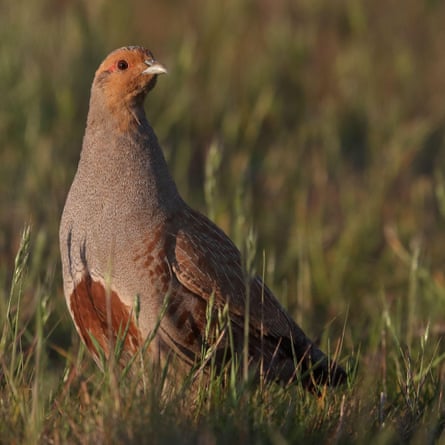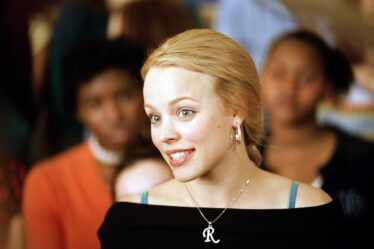
I break ice on the water tanks so the horses can drink, trying not to freeze my hands. A hoarfrost sparkles on the pastures as the sun cuts through. It’s a pretty scene, but I feel a tinge of anxiety. Frosted grass has higher sugar levels that can increase the risk of laminitis in horses, an incredibly painful hoof condition. They all look fine though, and my old boy enjoys his warm feed.
Four cock pheasants are sparring in the meadow. In pairs, they lower their heads and charge at each other, flapping wings in territorial display. Yet something is missing from this landscape. Just a couple of years ago, a covey of grey partridges strutted this field, their horseshoe-marked bellies stuck out, like busybodies in a rush. But now they are gone.
For many farmland birds, agriculture and habitat loss have taken a huge toll. Yet all around me stretch out acres of land, managed just for nature. The open grassland combines with hedgerows and wild bird meadows to provide seeds and cover through the winter. This should be ideal for grey partridges to thrive, but the ones here strayed over a boundary and were shot.
Grey partridges are “red-listed”, which means at risk of extinction, yet they can be shot for most of the autumn and winter. Advocates of shooting argue that while many farmland birds have declined, the desire to ensure enough grey partridges for sport has led to significant conservation efforts. This has kept the partridge stocks higher on shooting estates than non-shooting farmland. But birds bred in captivity struggle in the wild. Their low perception of risk makes them cannon fodder, a crop to harvest.
Across the wild bird cover, the teasels are decorated by ice and a flock of tiny birds has gathered to feast on the variety of seeds. From here, they are brown dots, but I know there are red-listed birds such as linnets and yellowhammers in the swirl of activity.
The horse’s feed bucket has been licked clean, his belly is warm, and many farmland species are still thriving here on the farm. But this Christmas, there are no native partridges in our meadows, or even in the pear tree.



